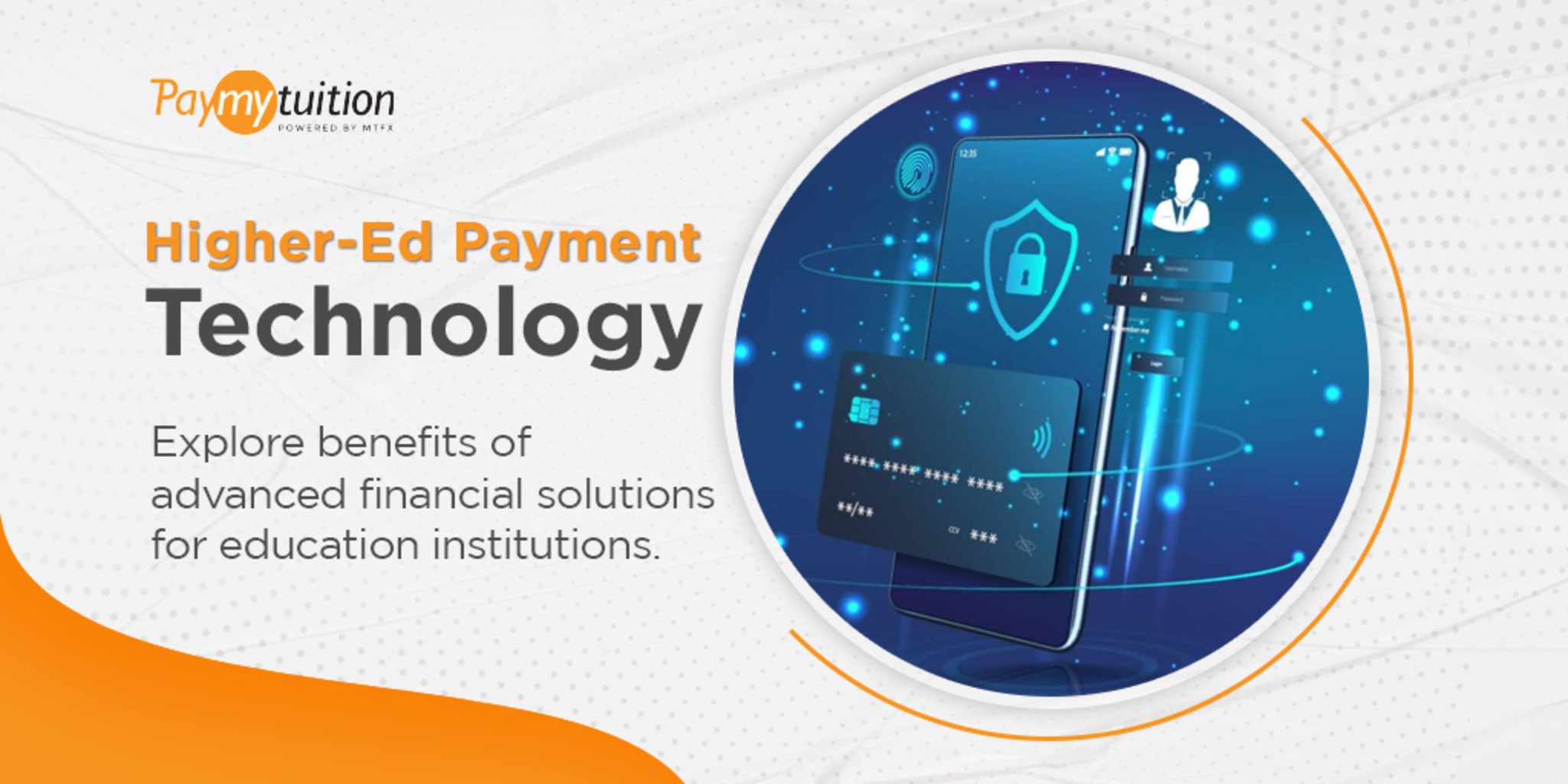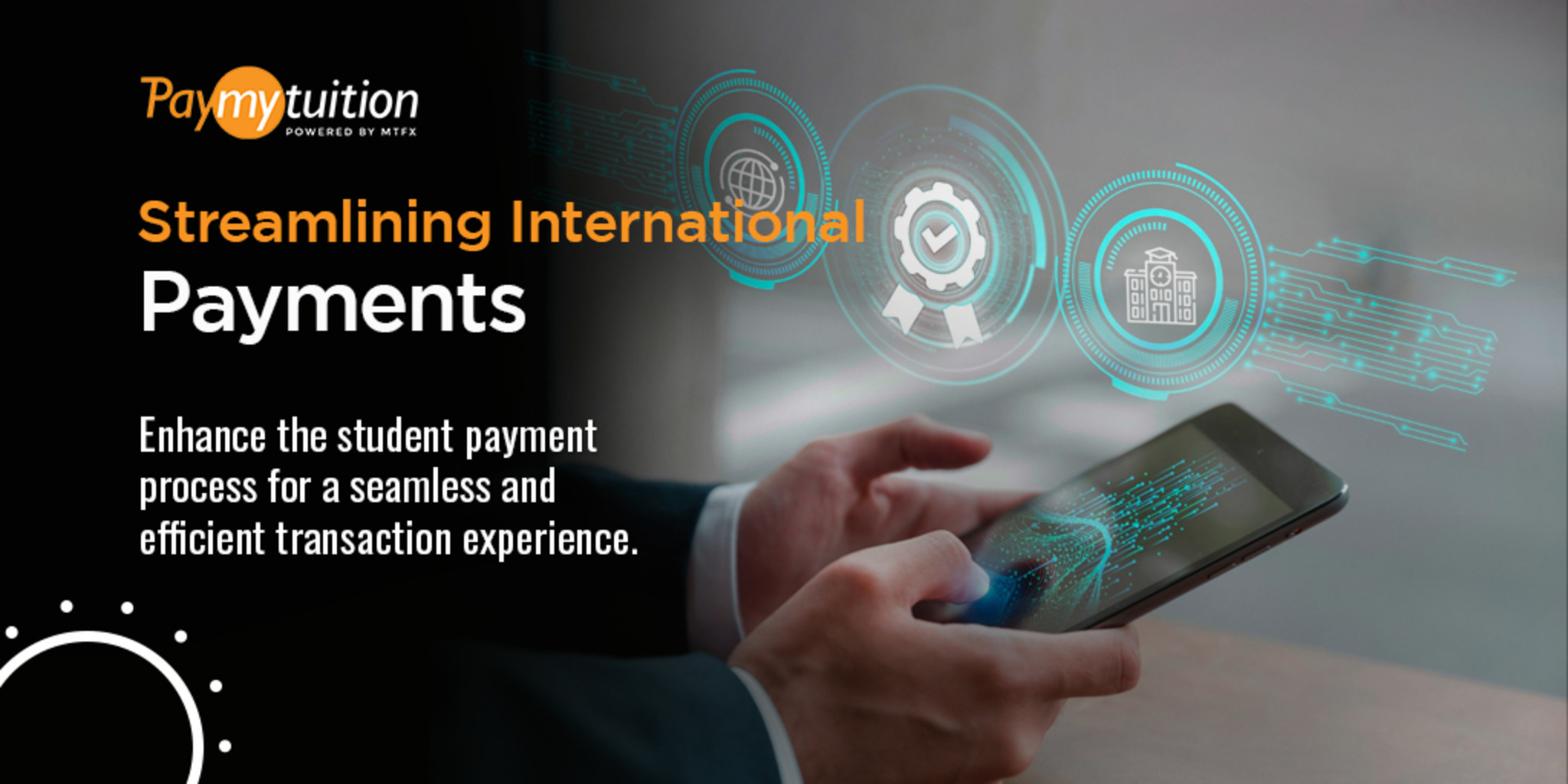How Blockchain can Revolutionize Higher Education
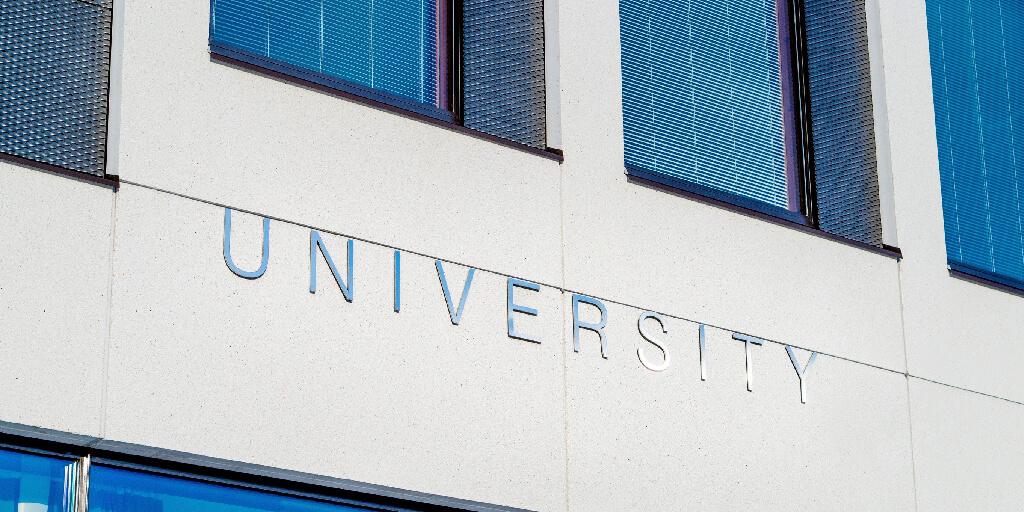
Introduction
The medium of exchange in higher education is the credentials it confers on students. Prospective employers rely on the veracity of the employee and the authenticity of those credentials. A diploma or a transcript of grades are not worth the parchment they are printed on unless they are consistent products, free of the taint of fraud and fakery.
So, the need for security and maintaining the confidence in academic credentials means that academic institutions must operate in an isolated, secure environment, or at least in an exclusively networked bubble. Unfortunately, servers have insecure backdoors and hackers fool people with social engineering and phishing scams.
Then there are those who falsify, exaggerate or lie about their academic achievements. An applicant claims completion of a computer science certificate, but really only took a self-paced course in Microsoft Office applications. Or worse, a qualified job applicant is unable to produce proof of a completed professional project or extracurricular activity because the institution lacks the technology to record and timestamp the achievements.
Likewise, the current college transcript and diploma registries don’t give a complete picture of a student’s educational experience. Busy instructors only have the means to enter a letter grade for their students. What if they could record other achievements like community outreach or peer tutoring?
Those are just a few of the challenges that colleges and universities face in the age of the internet. Automation, of course, has solved many records-keeping and file storage problems on campuses for thousands of students. As an information access and exchange medium, the internet works just fine. The problem has to do with the value of all that information.
Which takes us back to the real currency of higher education: The college or university must maintain an incorruptible and unalterable ledger of student achievements. The records must be securely chained to the student’s identity management.
This white paper will show how blockchain technology meets the requirements of value in higher education. Also, we will discuss how blockchain can take higher education past the problem-solving stage into a proactive, innovative phase in areas like certification, online course administration as well as curriculum updates to get students ready to make the big money that blockchain programmers are now earning.
Blockchain 101—What It Is
Pull quote:
“The blockchain is an incorruptible digital ledger of economic transactions that can be programed to record not just financial transactions but virtually everything of value.”
Don & Alex Tapscott, authors of "Blockchain Revolution" (2016)
The foregoing quote is a good and simple description of blockchain, but the not-so-simple part has to do with blockchain’s alternative moniker, which is DLT, or distributed ledger technology. The distributed part has to do with where the information is kept and how it becomes a chain. The advantages of DLT are inherent in its technology. Consider the following:
Advantages of Blockchain
Blockchain is durable and robust
Blockchain technology stores blocks of information that are identical across its network. It cannot be controlled by any single entity and therefore has no point of failure. Blockchain was responsible for the invention of cybercurrencies like bitcoin. When it comes to managing funds, virtual or otherwise, identity and secure possession is the key to user confidence and the continued use of cybercurrency.
Blockchain is totally transparent and almost impossible to corrupt
The blockchain network automatically self-audits itself every ten minutes. As new transactions enter the network, they aggregate and become the “block” of blockchain. What results is that the data is grouped and transparent.
To alter any unit of the information on the blockchain would require a vast amount of computing power to override a network of many computers. Add to that the private cryptographic keys that are different for each user, and no hacker could compromise an entire blockchain network.
Blockchain is decentralized
Blockchain creates a new way to verify transactions across a network but does not require a middle agent to verify, process and take a piece of the action. For example, high-value bitcoin exchanges are managed by the blockchain network only. This means that users deal directly with each other for instant exchanges.
Blockchain enhances security
Again, blockchain data is stored across a wide network. This eliminates dangers involved with centrally located data. As previously mentioned, blockchain accessibility relies on encryption technology. Private keys are randomly generated as are the users’ internet addresses. Storing any data on blockchain makes it incorruptible as long as users safeguard their private key.
IPFS on blockchain is the future of the web
Blockchain is already promoting a decentralized file storage arrangement on the internet. IPFS, the InterPlanetary File System, developed by Juan Benet of Protocol Labs, bypasses the server-client relationship in favor of a decentralized peer-to-peer arrangement.
Blockchain and higher education
Now that we have seen what blockchain can do, let’s explore five areas in higher education that blockchain can enhance. Those areas are:
- Student records and credentials
- Publishing copyright and academic digital content
- Course curricula to meet the need for blockchain programmers
- Teaching methods with innovative learning platforms
- Consortia and partnerships
Student records and credentials
We have touched on the internet of value and the importance of protecting higher education’s credential authenticity. In terms of a digital academic record, blockchain adds both value and security to student records keeping. Giving the instructor an entry key to the data entry system could reduce the administrative burden of registrars and have all the advantages of immediacy and timestamped authenticity needed to reflect the student’s educational experiences.
So, blockchain record entries could be a model for collecting and sharing all of a student’s competency indicators and credentials. Those credentials include badges and certificates as well as citations and letters of recommendation from faculty. The potential for contributing to a student’s block of lifetime learning experiences with timestamped and immutable updates is an enormous benefit of blockchain technology.
Finally, there are benefits to prospective employers, who need to authenticate applicant resumes and claims of academic achievement. The average $10 fee for obtaining academic transcripts could be reduced to a nominal handling fee, or nothing, if blockchain were employed as a universal file system for every academic student records system.
Protecting publishing copyright and academic digital content
Blockchain can manage, share and protect peer-reviewed digital content. This makes the content an irreplaceable source and platform for academics to create and share their research in the “publish-or-perish” environment of higher education.
Blockchain also has applications in instructor teaching materials, which could be posted and shared across the DLT with the opportunity for receiving monetary rewards (residuals) for published work.
Course curricula to meet the need for blockchain programmers
Blockchain skills are in high demand. As blockchain applications expand to meet the needs of industry—supply chain management, for example—they stand at an intersection of academic disciplines of business, math and the sciences. Blockchain programmers now earn high salaries[2], but universities have not yet upgraded their curricula to meet that demand.
So, there is an enormous opportunity for upgrading curricula to respond to the demand. As an interim fix, however, blockchain records keeping innovations could expedite certification credentialing for computer science degree candidates.
New teaching methods with innovative learning platforms
With the emergence of online education alternatives, colleges are rethinking both their scheduling and educational delivery approaches. The tradition of one-way class lectures with passive students does not work well online.
Online course delivery requires the instructor to be more of a moderator and mentor. The blockchain platform provides the tools for social interaction, student feedback and authentic learning assessment. It provides the student identification and security assurances inherent in blockchain.
Building a network of partnerships
The distributed model of blockchain technology provides a platform for colleges and universities to not only adopt bitcoin, but it also goes beyond cryptocurrency investment. Higher education institutions can aggregate their resources and create consortiums for distributed student and administrative services.
Summary and Conclusions
In this white paper we:
- Talked about blockchain as a secure, distributed ledger that is immune to tampering and highly secure.
- Discussed the advantages of blockchain in terms of durability, security and decentralization.
- Outlined five significant ways that blockchain and higher education have a bright future.
For further reading and research on blockchain and higher education see also:
- "How Blockchain Technology Works," at https://cointelegraph.com/bitcoin-for-beginners/how-blockchain-technology-works-guide-for-beginners .
- "The Blockchain Revolution and Higher Education," by Don Tapscott and Alex Tapscott at https://er.educause.edu/articles/2017/3/the-blockchain-revolution-and-higher-education .
- "10 Ways MOOCs Have Forced Universities Into a Rethink," by Donald Clark at http://donaldclarkplanb.blogspot.com/search?q=MOOCs+role
Recent Posts
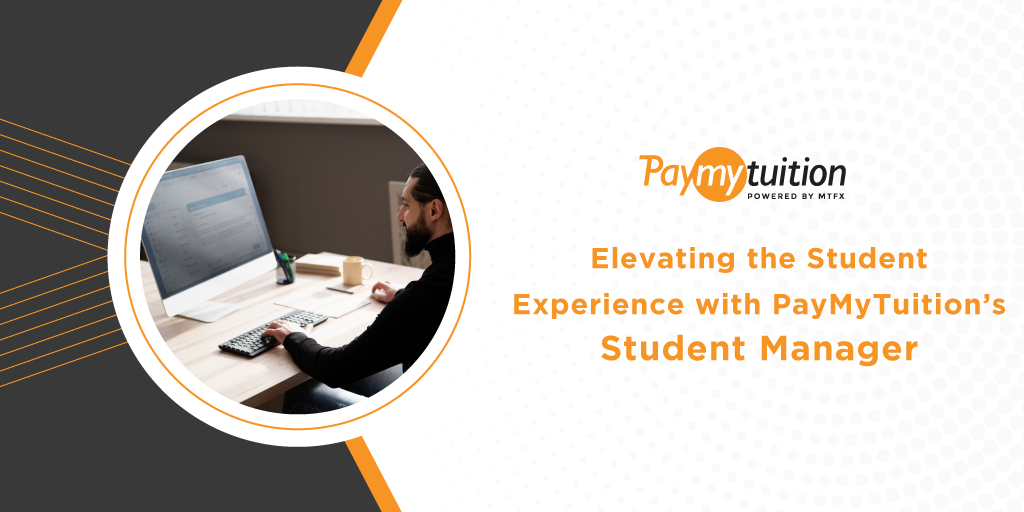
Elevating the Student Experience with PayMyTuition’s Student Manager
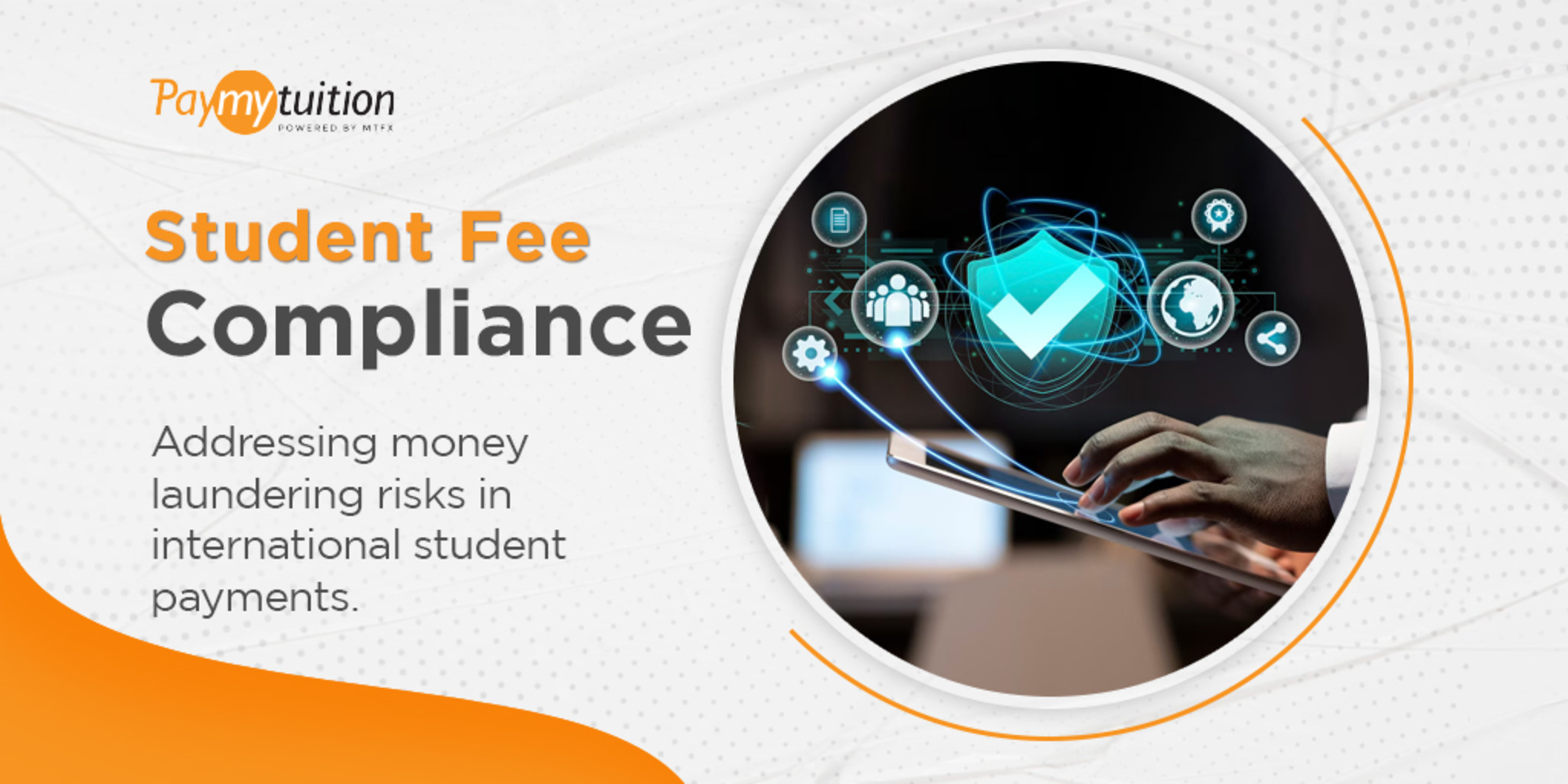
Money-Laundering and International Student Fees: Challenges You Need to Know
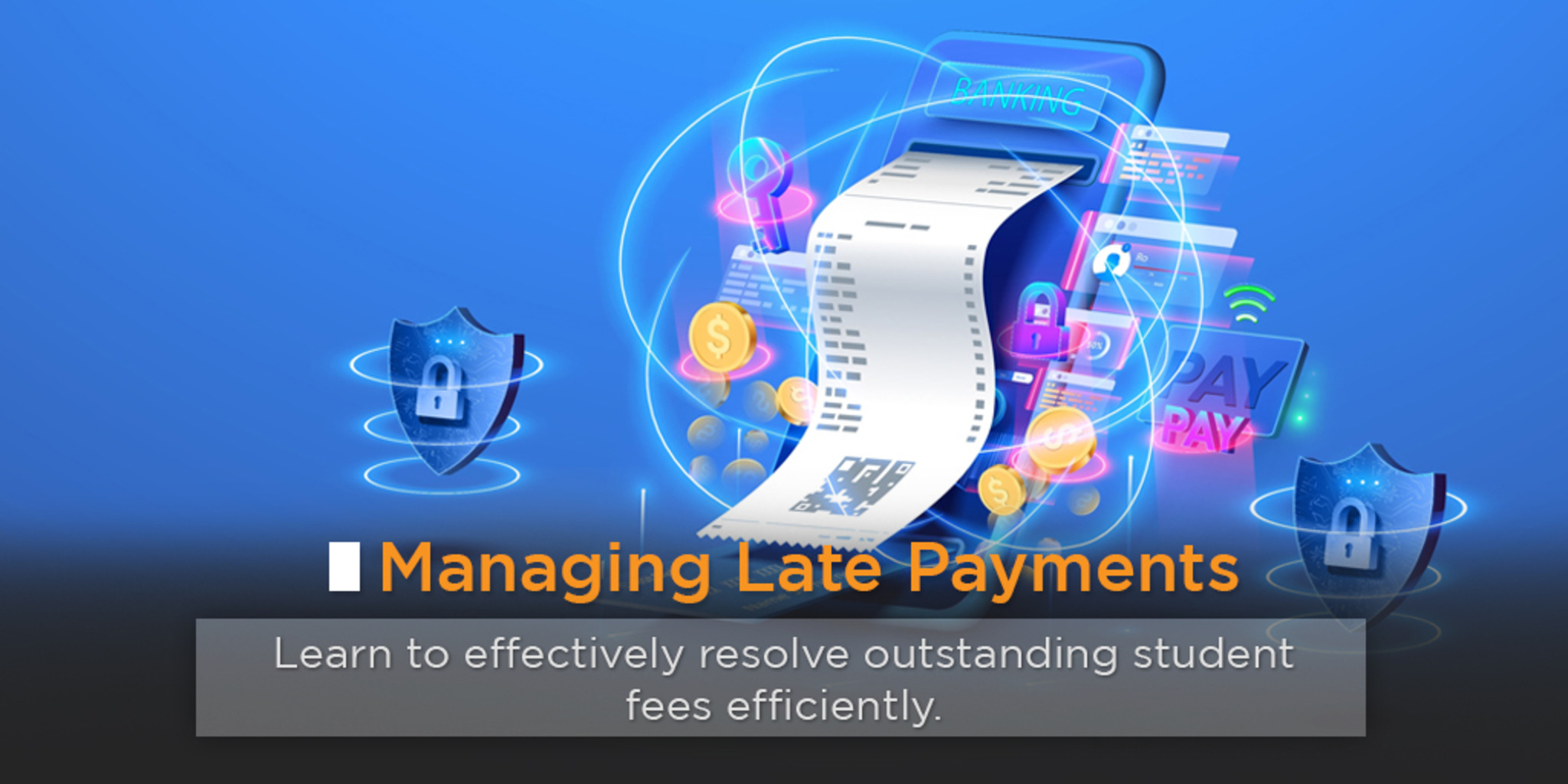
Understanding Past-Due Accounts: Proven Strategies for Effective Management
